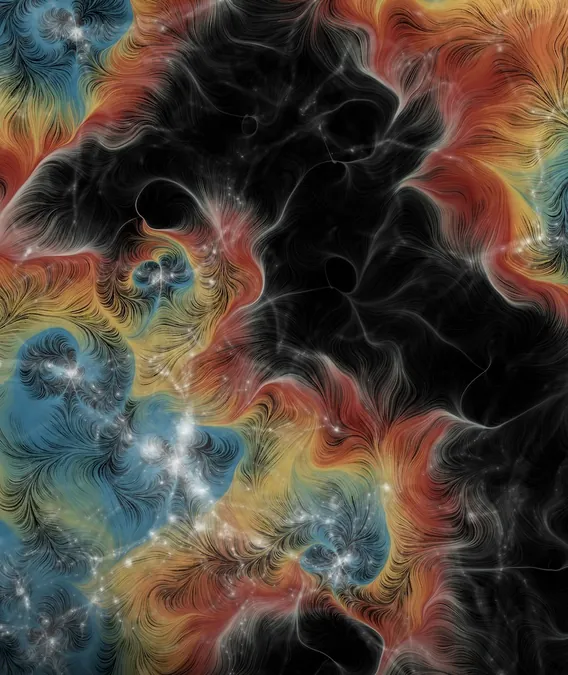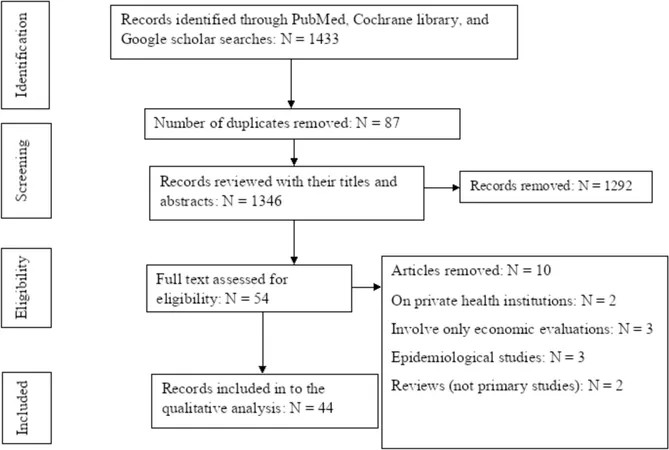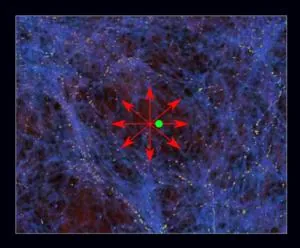
Unlocking the Mystery of Missing Matter: How Fast Radio Bursts Illuminate the Cosmos
2025-06-18
Author: Arjun
A Cosmic Conundrum Unveiled
Since the 1960s, scientists have grappled with the Universe's elusive "mass budget." They discovered that a staggering 85% of the Universe's mass remains hidden, giving rise to the concept of Dark Matter. However, the mystery deepens—our observable 'normal' or baryonic matter also seemed to be on the lam, prompting intense scrutiny through various astronomical techniques. Researchers have chased clues from X-ray emissions to ultraviolet light from distant quasars, searching for the whereabouts of this ‘missing’ mass.
A Breakthrough Discovery in the Universe's Fabric
In an exciting breakthrough, astronomers from the Harvard & Smithsonian Center for Astrophysics and Caltech have pinpointed the most distant Fast Radio Burst (FRB) ever detected. This discovery has allowed them to make the first comprehensive measurements of baryonic matter's distribution across the cosmos. Shockingly, they found that over three-quarters of the Universe's visible matter is actually lurking between galaxies, cloaked in hot, diffuse clouds of gas that were previously undetectable.
Leading the Charge in Cosmic Exploration
The pioneering study, spearheaded by Liam Connor, a Canadian astrophysicist at CfA and Caltech's Cahill Center, reveals a game-changing insight into cosmology. Joined by a team from various esteemed institutions, their findings were documented in a recent publication in Nature Astronomy, titled "A gas-rich cosmic web revealed by the partitioning of the missing baryons."
What Are Fast Radio Bursts?
Fast Radio Bursts are brief but intense explosions of radio waves, typically lasting milliseconds, though occasional longer events have been recorded. The origins of these enigmatic bursts remain a topic of debate, but they are generally linked to extreme cosmic objects like neutron stars and black holes. Now, scientists are leveraging FRBs from distant galaxies as tools to map baryonic matter on a grand scale.
Dissecting the Cosmic Feedback Loop
As Connor explains, baryonic matter is drawn into galaxies by gravity but can be expelled by supermassive black holes and explosive stellar events, acting like a cosmic thermostat. Their findings suggest that such feedback effectively drives gas out of galaxies and into the intergalactic medium (IGM). By analyzing 60 FRBs ranging from a mere 11.74 million light-years away to the record-breaking FRB 20230521B, located approximately 9.1 billion light-years from Earth, the team could measure how FRB signals slowed as they traversed the IGM.
A Glimpse into the Cosmic Web
The decades-old dilemma of 'missing baryons' was never about their existence; it was always about their location. Now, thanks to FRBs, scientists have pinpointed that around 76% of baryonic matter exists between galaxies, with only about 15% residing in galaxy halos. The remainder includes stars and cold galactic gas. This revelation not only aligns with advanced cosmological simulations but also sheds light on fundamental questions regarding galaxy formation and the behavior of light across vast distances.
A New Era in Cosmic Mapping
Vikram Ravi, a co-author on the study, celebrated this as a significant milestone in modern astronomy. The newfound ability to trace the once-invisible matter reveals the intricate tapestry of the Universe. As next-generation radio telescopes like the DSA-2000 and the Canadian Hydrogen Observatory gear up, astronomers anticipate discovering thousands more FRBs, offering unprecedented opportunities to map the cosmic web with startling detail. We are indeed stepping into a golden age of cosmic exploration!


 Brasil (PT)
Brasil (PT)
 Canada (EN)
Canada (EN)
 Chile (ES)
Chile (ES)
 Česko (CS)
Česko (CS)
 대한민국 (KO)
대한민국 (KO)
 España (ES)
España (ES)
 France (FR)
France (FR)
 Hong Kong (EN)
Hong Kong (EN)
 Italia (IT)
Italia (IT)
 日本 (JA)
日本 (JA)
 Magyarország (HU)
Magyarország (HU)
 Norge (NO)
Norge (NO)
 Polska (PL)
Polska (PL)
 Schweiz (DE)
Schweiz (DE)
 Singapore (EN)
Singapore (EN)
 Sverige (SV)
Sverige (SV)
 Suomi (FI)
Suomi (FI)
 Türkiye (TR)
Türkiye (TR)
 الإمارات العربية المتحدة (AR)
الإمارات العربية المتحدة (AR)